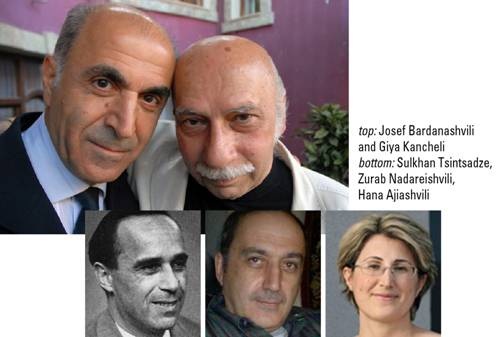Word must be spreading about the musical feasts presented by New York Concert Artists & Associates, as their audiences seem to be growing from concert to concert. Under the artistic direction of Klara Min, the musical fare seems to be growing in scope as well. A recent evening featuring four big piano concerti included a work that is rarely performed live, the Vaughan Williams Piano Concerto in C (1926, first two movements, and finished in 1931). Having heard the excellent new recording of it played by Ashley Wass (also recorded twice by Howard Shelley), I had recently been wondering why the piece is so overlooked; granted, it is fiercely difficult and sprawling, with a quiet ending that elicits a hush rather than an explosive ovation, but its treasures are many. Excellent pianist Yoojin Oh found these treasures, and they were stunning. Ravelian swirls of color, expressive cadenzas, bold percussive statements, and a well-controlled fugue all sounded as if the pianist had performed this piece for years (though she was using the score). Ms. Oh has considerable credentials, so hopefully she will parlay them into further performances of this unfairly neglected gem. I for one would want to hear it again.
Many in the audience seemed at least as excited to hear what followed, Rachmaninoff’s much beloved Piano Concerto No. 2 played by Raymond H. T. Wong. A student at the Manhattan School of Music, Mr. Wong gave his New York debut in 2009 and has a good number of awards, performances, and scholarships to his credit. His playing showed considerable youthful fire and moments of real artistry. Occasionally his impulsiveness got the better of him, and the second movement could have felt freer, but a piece with such a rich performance history presents a very high bar. All in all, it was a commendable performance that brought Mr. Wong’s very enthusiastic audience to its feet.
After intermission, came more Rachmaninoff: this time, his Piano Concerto No. 1 played by Yumi Sato. Ms. Sato, currently studying in Europe, has also won numerous prizes, and understandably so. She gave a highly polished performance. Precision, clarity, and thoughtful pacing characterized her playing. Occasionally one wanted less of a sense of “dispatch” and perhaps more breathing at phrase ends, but adrenaline runs high on such occasions. In any case, her fingers never failed her. Her collaboration with the orchestra was also to be admired.
The evening’s finale was Tchaikovsky’s Piano Concerto No. 1 played by Anastasia Dedik, the winner of NYCA’s first International Concerto Competition (2010). Ms. Dedik’s biography lists numerous concerts and competition prizes, including the one that resulted in this performance. She delivered a strong, muscular account of the work, nearly flawless in the octaves and difficult passages. Occasionally her sound may have been a shade too big, such as where she outweighed the cello a bit (second movement), but she is clearly ready to take this piece “on the road.” The last movement should be a notch slower so the Cossack dance does not become a blur, but all in all it was a rousing finish to a memorable evening. Eduard Zilberkant conducted superbly throughout, his experience as a pianist undoubtedly lending him extra sensitivity to the soloists. The orchestral personnel were not listed; a shame considering some fine individual performances.


 Pianist Mikhail Lifits is on quite a winning streak. At his recent solo recital as First Prize winner of the Hilton Head International Piano Competition, his impressive biography did not even list his top prize in the Busoni Competition, which he had won too recently to list!
Pianist Mikhail Lifits is on quite a winning streak. At his recent solo recital as First Prize winner of the Hilton Head International Piano Competition, his impressive biography did not even list his top prize in the Busoni Competition, which he had won too recently to list!